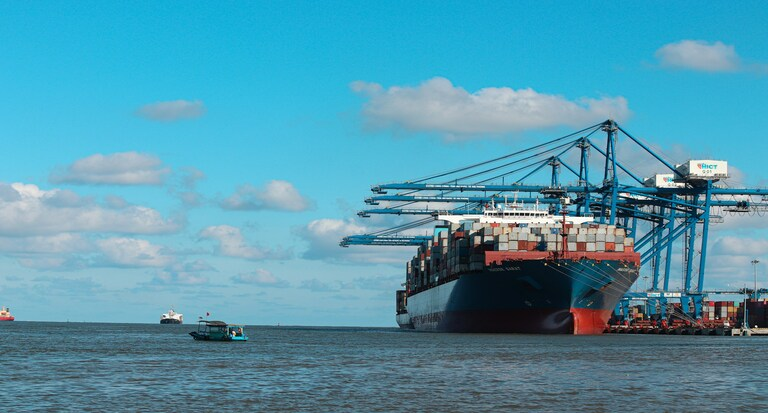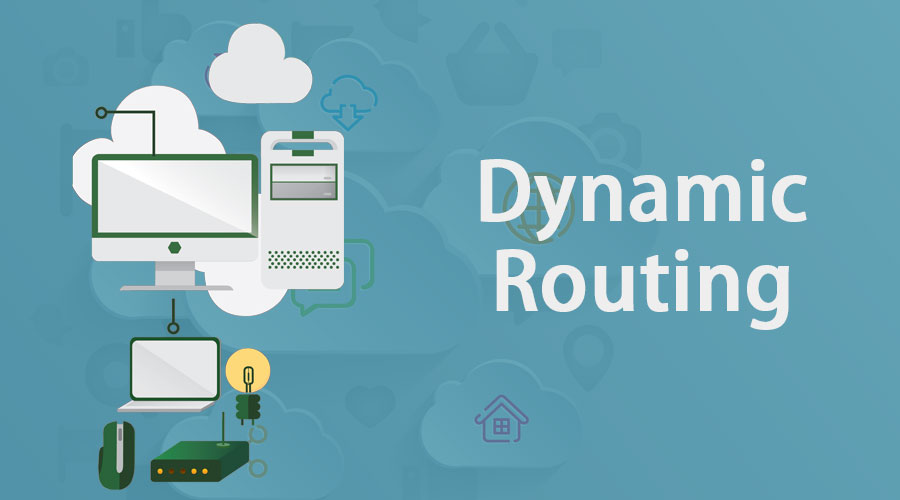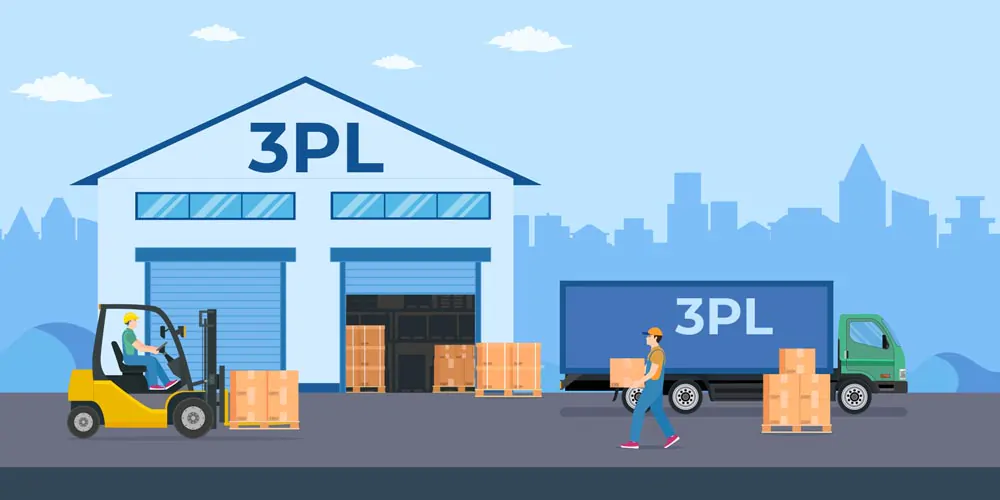From Chaos to Control: How Global Logistics Track Platforms Optimize Route Planning
Efficient delivery is more than speed. It’s about choosing the right path, avoiding roadblocks, and staying informed throughout the journey. That’s where global logistics track platforms like Postalparcel come into play. They help companies shift from outdated, chaotic shipping methods to smooth, data-driven operations that save time, cut costs, and keep customers happy.
This article explains how route planning has evolved through smart logistics platforms and why your supply chain depends on it more than ever.

Why Smart Logistics Platforms Are Key to Route Planning
Delivery Is No Longer Just About Distance
In the past, route planning meant choosing the shortest or cheapest way to get from Point A to Point B. But global logistics is far more complex today. Shippers must consider customs zones, traffic conditions, weather, peak seasons, and political risks. A direct path isn’t always the smartest path.
Global logistics track platforms now account for all of these moving parts and more, turning what used to be guesswork into precise, flexible planning.
The Old Way: Chaos, Delays, and Blind Spots
No Visibility, No Control
When companies rely on manual tracking and static carrier systems, delays often occur without warning. There’s no clear view of real-time congestion, port activity, or warehouse schedules. A missed connection at one port can lead to a domino effect of delays—without anyone knowing until it’s too late.
Fragmented Systems Waste Time
Many traditional logistics operations involve a tangled web of emails, spreadsheets, and carrier portals. Without centralized control, route optimization becomes impossible. The result? Missed deliveries, extra fuel costs, and customer complaints.
Enter Postalparcel: Turning Data Into Dynamic Routing

A Central Brain for Global Shipments
Postalparcel integrates data from multiple sources, including carrier APIs, traffic feeds, customs processing updates, and historical delivery trends. This creates a central dashboard that acts like a control tower for your logistics chain.
Instead of reacting to delays, Postalparcel helps you prevent them through dynamic route recommendations.
What Makes Postalparcel’s Route Planning Smart?
AI-powered decisions: Routes adapt based on live events such as bad weather, port closures, or shipment weight changes.
Multi-carrier comparisons: Postalparcel weighs cost, time, and reliability across different couriers in real-time.
Custom rules: Set your business logic, such as avoiding certain regions or prioritizing eco-friendly carriers.
Real-Time Adjustments on the Move
Flexibility That Saves the Day
Shipments don’t always go as planned. A truck gets stuck, a ship gets rerouted, or a customs checkpoint goes offline.
Postalparcel’s platform allows you to reroute shipments mid-journey, auto-switch carriers when delays are detected, and send alerts to customers with updated ETAs. This flexibility is critical for businesses that ship across borders, especially during volatile or high-volume seasons.
Route Optimization Benefits Beyond Speed

Cost Reduction
Smarter routes don’t just deliver faster—they save money. Postalparcel identifies fuel-efficient paths, routes with fewer tolls, and avoids unnecessary air surcharges during peak periods. By streamlining paths and reducing delays, you cut unnecessary transportation costs.
Better Customer Experience
Customers expect accuracy, and a shifting delivery window erodes trust. With Postalparcel, businesses can provide reliable delivery estimates that adjust automatically, keeping customers in the loop.
Environmental Impact
Eco-conscious shipping is no longer optional. Postalparcel supports sustainable route planning, helping companies reduce carbon emissions, choose lower-impact transit modes, and track CO₂ performance by carrier. It’s better for the planet—and better for your brand.
Use Cases: Who Gains the Most?
E-commerce Brands Scaling Up
When order volumes jump, human-managed logistics crack. Postalparcel’s automated route planning scales effortlessly with growth, making it ideal for fast-growing e-commerce operations.
Third-Party Logistics (3PL) Providers

3PLs managing multiple clients and shipment types need agility. Postalparcel allows them to optimize complex multi-stop routes across countries with minimal manual work.
Cross-Border Wholesalers
Wholesalers shipping bulk orders internationally face customs delays, carrier variability, and shifting regulations. A platform that predicts disruptions and suggests alternatives in real-time is invaluable.
A Closer Look: How Postalparcel Calculates Optimal Routes
Key Factors in the Engine
Postalparcel’s route engine considers multiple factors including distance, historical transit times, border wait times, weather forecasts, and carrier service level agreement (SLA) performance. This mix of predictive data and real-time feeds creates trustworthy route recommendations.
Visual Mapping and Easy Overrides
Postalparcel doesn’t force you to go with its suggestion. Every recommended route comes with a visual map, cost breakdown, and confidence score. You stay in control while benefiting from automation.
How to Get Started with Smarter Route Planning

First, centralize your tracking. If you use different portals for FedEx, UPS, DHL, and other couriers, consolidate them with Postalparcel. A unified view is the foundation of optimization.
Set business rules that guide routing decisions. Postalparcel lets you define rules such as avoiding specific countries, prioritizing green carriers, or meeting delivery windows.
Monitor and iterate. Once live, Postalparcel shows route performance metrics. If a courier keeps missing ETAs in a certain zone, the system flags it and suggests a switch. You learn and adapt automatically.
Emerging Trends: How AI Is Reshaping Route Optimization
Predictive AI Gets Smarter
Postalparcel isn’t just using static rules—it’s tapping into next-generation AI. The latest algorithms can now predict border delays based on changing trade policies, adjust real-time routes using satellite data, and even anticipate vehicle wear-and-tear to avoid breakdowns.
Integration with IoT Devices
Modern logistics platforms like Postalparcel also connect to IoT sensors inside containers, trucks, or shipping centers. These devices track temperature, humidity, and movement. If a package gets too hot or is jostled excessively, Postalparcel can reroute it to minimize damage or alert operators for repacking.
Lessons from Failure: What Happens Without Optimization

Cross-Border Delays Cripple Inventory
A mid-sized apparel brand used a fixed shipping plan to send goods from Southeast Asia to the U.S. During peak season, Vancouver’s port backlog caused two-week delays. Without route flexibility, they lost inventory and key retail partners. With Postalparcel, they could’ve rerouted to Long Beach in real-time.
Failed Deliveries from Poor Routing
An electronics seller faced frequent returns from rural areas in Canada. The last-mile carrier wasn’t optimized, resulting in missed delivery windows. With Postalparcel’s route data and carrier scoring, they could’ve avoided the poor-performing service areas altogether.
The Future of Route Planning in Global Logistics
Autonomous Logistics Decisions
Postalparcel is moving toward full autonomy. Shortly, platforms will reroute shipments, change carriers, and even negotiate delivery disputes—all automatically, using live data and predefined business logic.
Sustainability-First Routing Models
Sustainability isn’t just a trend—it’s a business mandate. Postalparcel’s future updates will include CO₂ calculators for every shipment, rewards for eco-routing choices, and insights to help companies meet environmental goals while improving delivery times.
Conclusion
Global logistics has always been a high-stakes game. But with smarter tools like Postalparcel, businesses now have the power to move from reactive chaos to proactive control. With data-driven route planning, real-time rerouting, AI enhancements, and IoT integrations, the shipping process becomes faster, cleaner, and more reliable.
Whether you’re an e-commerce brand, a 3PL provider, or an international wholesaler, investing in global logistics track platforms isn’t just about cost savings—it’s about staying competitive in a world where every second counts. Smarter route planning means smarter business.
Industry Insights
news via inbox
Nulla turp dis cursus. Integer liberos euismod pretium faucibua







